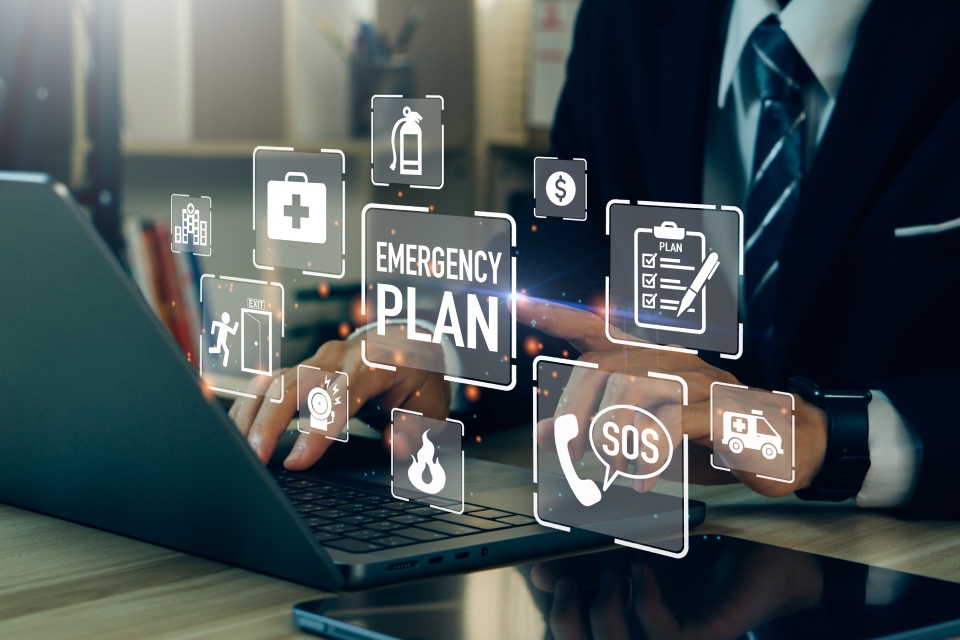It’s no secret that life can be unpredictable, especially when it comes to emergencies. As a business professional, it’s up to you to ensure your organization is ready for the unexpected. Whether it’s natural disasters, fires, or other emergency incidents, having a robust plan in place can save lives and minimize damage. If you don’t know where to start, we’ve put together some tips on how you can bolster your organization’s emergency preparedness.
Creating and Communicating an Emergency Plan
First and foremost, you need a comprehensive emergency plan. This should outline the steps to take in various emergency scenarios, designate roles and responsibilities, and map out evacuation routes and safe zones. Once your plan is in place, communicate it clearly to all employees. Use multiple channels—emails, posters, and meetings—to ensure everyone is aware of the procedures. To ensure that the plan is easily accessible, post it through a shared digital platform or print copies and place them around the workplace.
Training Employees and Conducting Regular Drills
Of course, simply hearing about the plan isn’t enough since an emergency plan is only as good as the people executing it. That’s why you must implement regular training sessions. These will help staff members familiarize themselves with emergency protocols. On top of that, you should conduct drills to help solidify this knowledge, as this will help make sure everyone knows what to do when an actual emergency strikes. Schedule these drills at least twice a year and vary the scenarios to cover different types of emergencies. After each drill, gather feedback from employees to identify areas for improvement.
Investing in the Right Tools and Resources
Having the proper tools and resources on hand can make a significant difference during an emergency. This includes fire extinguishers, first-aid kits, and automated external defibrillators (AEDs). Ensure these items are easily accessible and regularly maintained. Additionally, invest in clear, visible emergency signage to guide employees to exits, first-aid stations, and emergency equipment. These signs should be easy to understand and placed at critical points throughout your facility. Don’t forget the role of braille signs in emergency preparedness when picking out your signage. Accessible signage will help ensure everyone has the ability to figure out where they’re going.
Establishing Communication Protocols
The most important thing to realize is that effective communication during an emergency is vital. The best way to improve this aspect of emergency preparedness for your organization is to establish clear communication protocols to ensure everyone receives timely and accurate information. This could include a phone tree, a mass notification system, or a designated communication team responsible for broadcasting updates. Ensure that all employees know who to contact and how to report their status during an emergency. Regularly review and update these protocols to keep them relevant.

